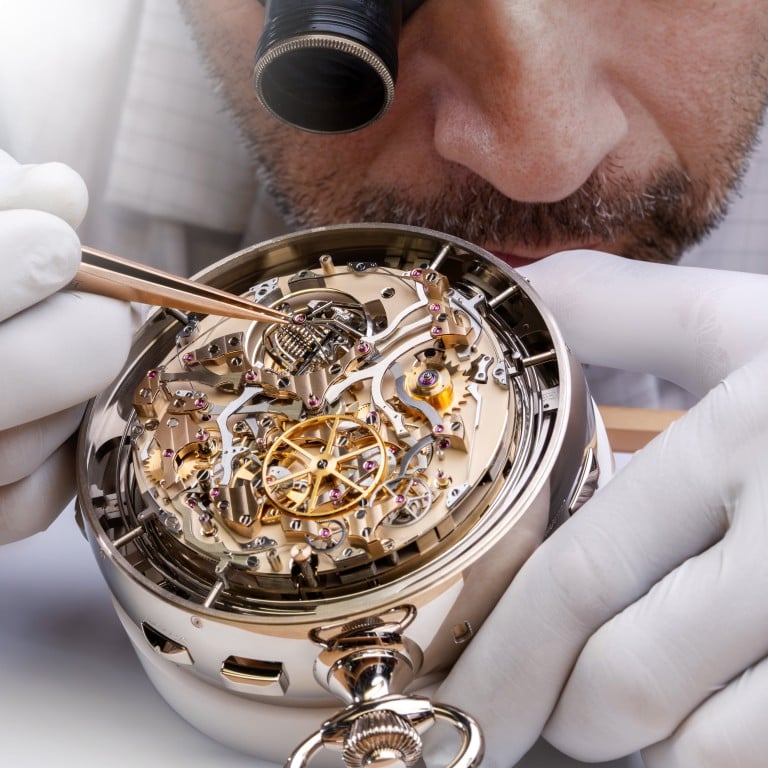Watches and Wonders 2024: The boldest complications revealed by IWC, Jaeger-LeCoultre, Hermès, Ulysse Nardin, Tag Heuer and Vacheron Constantin … but the record-breaker isn’t a wristwatch

- IWC’s Portugieser Eternal Calendar’s moon phase display errs by only a day in 45 million years, a feat made possible by more than 22 trillion AI-assisted calculations
- TAG Heuer’s Monaco, immortalised by Steven McQueen in the 1970 film Le Mans, gets a Split-Seconds edition, allowing the wearer to time two events at once
Since the dawn of mechanical timekeeping, legendary watchmakers have grappled with the need for accuracy in timekeeping while being up against the limits of a watch’s functionality. Myriad complications that have ever more closely addressed that accuracy dot the history of high horology.
Today, in an era when the atomic clock and precision instruments remove the need for the traditional mechanical functions of many complications, brands nonetheless continue to add them, connecting horology’s history with the present in displays of exquisite craftsmanship.

But what even is time? IWC’s watchmakers surely asked such fundamental questions when they crafted the Portugieser Eternal Calendar, with its perpetual calendar that will calculate and display leap years accurately until the year 3999. The IWC team could have gone even further, but there has not yet been an official decision from the calendar-setting authorities on whether the year 4000 will be a leap year.
However, the real head-spinner on this 44.4mm timepiece with a platinum case is the moon phase. A normal precision moon phase will be one day off in 122 years, but according to the Schaffhausen maison, the Eternal Calendar will correctly show the moon phase with only one day of error after a whopping 45 million years. To make this feat possible, the team made more than 22 trillion AI-assisted calculations to establish the size of wheels and teeth needed. This resulted in a reduction gear train with three intermediate wheels.

IWC is primarily known for flieger-style pilot watches and at last year’s Watches and Wonders, revisited the Gerald Genta-designed Ingenieur sports watch; so the focus on the dressier Portugieser line, giving us such advanced calendar and moonphase innovations in one piece, is a huge shift – though not one the brand is making alone.
Over at Jaeger-LeCoultre, the spotlight was on the Duometre collection, which focuses on a patented mechanism invented in 2007, sporting double barrels and two gear trains. Rather than a single barrel and gear train splitting its power between both the main timekeeping functions and additional, elaborate complications, the Duometre allows the maison to add complications without compromising on the energy needed to maintain precise timekeeping.

Of this year’s new Duometre pieces, the Heliotourbillon Perpetual was the star of the show, as the double gear train powers a triple-axis tourbillon escapement visible through the left-side cut-out of the dial. The three tourbillon cages – one for each axis – are made of titanium, thus weighing 0.7 grams despite comprising 163 components, all helping to compensate for gravity’s adverse effect on precision. The watch also has a perpetual calendar with a patented way of indicating the leap year: the last number of the calendar year shown in red.
